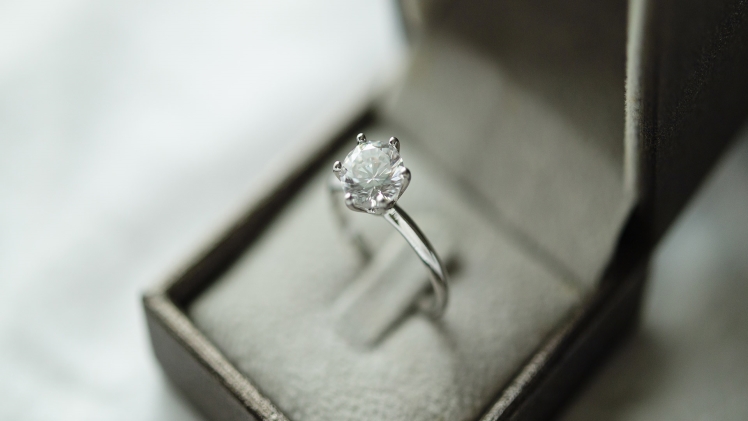Facts About Lab Grown Diamonds

Compared to diamonds mined in the mines, lab-grown diamonds cost much less. However, there are a few misconceptions about lab-grown diamonds. Read on to learn more about the Processes involved in growing them, how they are produced, and how they affect the environment.
Common misconceptions
There are many misconceptions about lab-grown diamonds. These diamonds are man-made, but they are just as real as any other diamond. In fact, cultured diamonds are held to higher standards than mined diamonds. They must be exceptionally hard and firey and have exceptional brilliance. These properties make lab-grown diamonds very valuable.
A common misconception about lab-grown diamonds is that they are inferior to earth-mined diamonds. Although lab diamonds have identical physical properties, the process of creating them is different. They are created under high-pressure conditions in a lab. Lab diamonds are often called “synthetic diamonds” to distinguish them from earth-mined diamonds.
Another common misconception about lab-grown diamonds is that they lack color. While it’s true that scientists can control the environment that diamonds grow in, they still have flaws. However, these diamonds have fewer flaws than mined diamonds. This is because scientists can control their environment, which increases the chances of producing a higher-quality gemstone.
Processes used to create them
There are two primary techniques used to create lab grown diamonds. One method uses plasma, the fourth state of matter. It forms in stars and is made up of hot, ionized gases. This state is conducive to chemical reactions. In the CVD method, the carbon atoms within the plasma react with the diamond seed. They then crystallize on the seed, layer by layer, to form a diamond.
The first process involves the use of a belt press. This machine is very similar to a standard press, but it uses six anvils instead of two. This allows for more pressure to be applied to the diamond capsule. It can also create larger crystals than other methods.
The second process, called HPHT, uses a miniature version of the Earth’s mantle. This process involves exposing the seeds to a high temperature and high pressure for about two months. The seeds are then exposed to a metal catalyst, which converts the carbon into a diamond. This process can enhance the vibrancy of a natural diamond.
Price of lab-grown diamonds
In the second quarter of 2016, the average online price of a 1.5 ct. round lab-grown diamond was about $10,300. Five years later, that same gem was going for $3,975. The decline is due in part to higher competition and initially inflated margins. The growth of the technology has also lowered production costs for growers, reducing the final market price of lab-grown diamonds.
The process of growing lab grown diamonds London is also more precise than the one used to make natural colored stones. Moreover, it is much cheaper than the natural stones and is much easier to obtain. This makes lab-grown diamonds a popular choice for many people. Aside from being cheaper, lab-grown diamonds are smooth, true to color, and easy to find.
The only real difference between natural and lab-grown diamonds is the price. Lab-grown diamonds are usually around thirty-five percent cheaper than natural diamonds.
Environmental impact
While mined diamonds are often associated with environmental damage and hazardous waste, lab-grown diamonds are carbon neutral. Although their production is done in a lab, the processes used to create them still consume energy and materials. Carbon emissions from the lab-grown diamond production process can vary greatly depending on the energy source used.
As a result, consumers are increasingly choosing lab-grown diamonds over traditional ones. However, to earn consumers’ trust, manufacturers must prove their social and environmental responsibility. “Greenwashing” is a problem in every industry, and it is essential for consumers to check if the company claims it is sustainable before making a purchase.
Conclusion
Lab-grown diamonds are also more sustainable than mined diamonds, which means they use less land and water during the growing process. In addition, they are cheaper, which benefits consumers. In addition, the quality of lab-grown diamonds is equivalent to that of mined diamonds.





